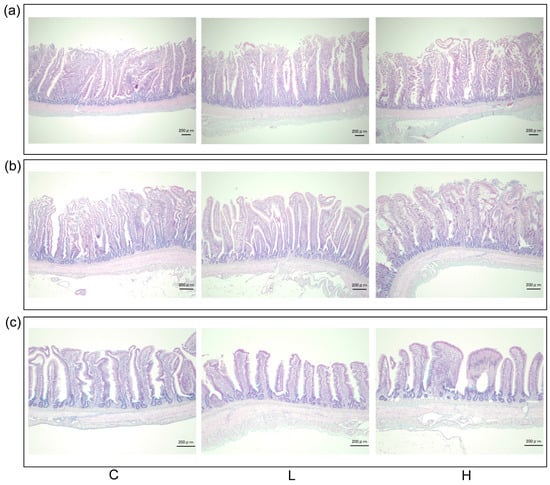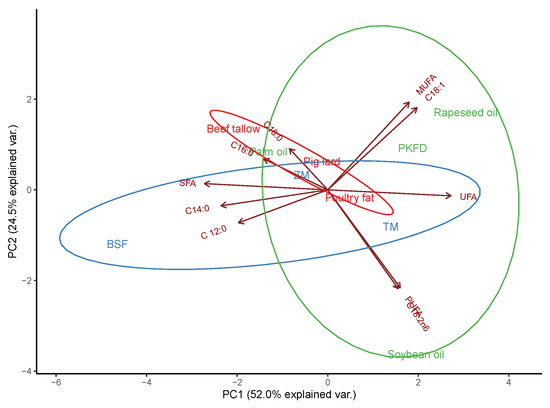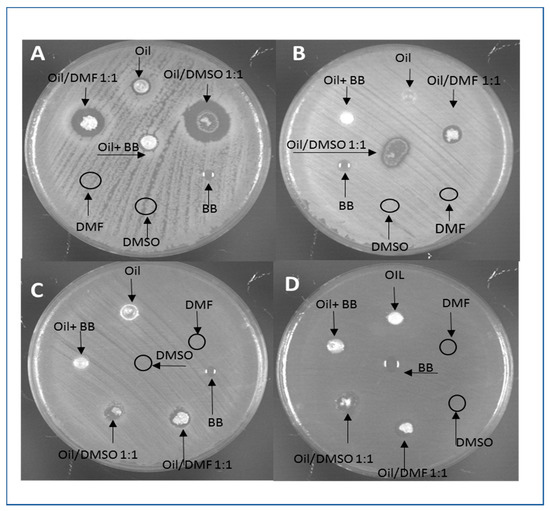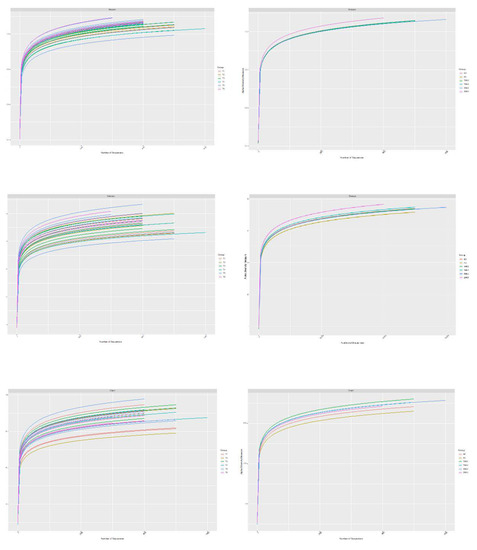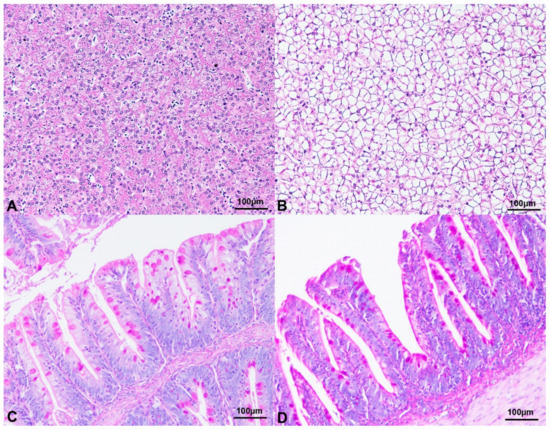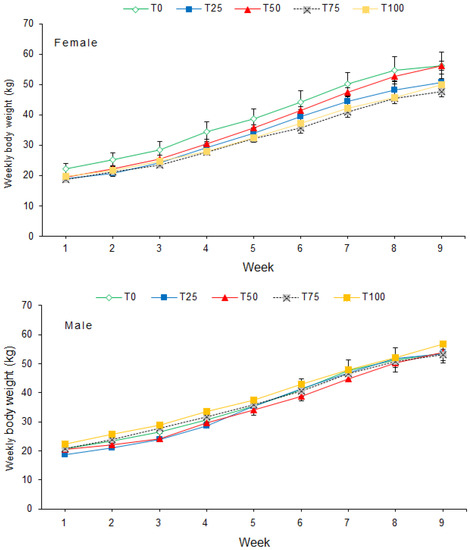Insects as Animal Feed: A New Promising Sector
A topical collection in Animals (ISSN 2076-2615). This collection belongs to the section "Animal Nutrition".
Viewed by 90589Editor
Interests: animal nutrition and breeding; insects as feed; fish; poultry; rabbit
Special Issues, Collections and Topics in MDPI journals
Topical Collection Information
Dear Colleagues,
With the increasing world population expected by 2050, and the shift towards the consumption of more animal products, the quest for alternative and sustainable nutrient sources for animal feed is of paramount importance.
Over the last few years, it has been shown that insects could represent a valuable solution: They are rich in nutrients (proteins, fat, and energy) but also contain interesting biocompounds (chitin, antimicrobial peptides, and fatty acids) able to stimulate the immune system or to modulate animal microbiota and, subsequently, to optimize animal growth and health.
Moreover, following the principle of Circular Economy, some insect species are able to be grown on low value organic substrates, leading to valuable products that find applications not only in feed but also in industry or biomedical fields.
Studies performed so far in livestock nutrition using insect-derived products show promising results, but as industry interest grows, further information is needed to fully assess the potential of these innovative ingredients. In particular, further research is needed on the complete nutritional value of insects (e.g., real insect protein content and digestibility values, vitamin and mineral contents), on how insect nutritional value can be manipulated through rearing systems and insect diets, on the effects on animal products’ quality, and consumer acceptance.
Original manuscripts that address any aspects of live insects, insect-based meals, fat or other derived products (chitin, antimicrobial peptides, etc.) in animal feed are welcome.
Topics of this Topical Collection on the importance of insects as feed therefore include:
- Insect breeding on organic substrates
- Biotic and abiotic factors affecting the growth of insects for feed purposes
- Optimal inclusion levels in animal diets
- Insect meal digestibility
- Impact of insects on animal product quality
- Effect of insect biocompounds on animal health and immune response
- Consumer perception and acceptance of insects in animal feeds
Prof. Laura Gasco
Collection Editor
Manuscript Submission Information
Manuscripts should be submitted online at www.mdpi.com by registering and logging in to this website. Once you are registered, click here to go to the submission form. Manuscripts can be submitted until the deadline. All submissions that pass pre-check are peer-reviewed. Accepted papers will be published continuously in the journal (as soon as accepted) and will be listed together on the collection website. Research articles, review articles as well as short communications are invited. For planned papers, a title and short abstract (about 100 words) can be sent to the Editorial Office for announcement on this website.
Submitted manuscripts should not have been published previously, nor be under consideration for publication elsewhere (except conference proceedings papers). All manuscripts are thoroughly refereed through a single-blind peer-review process. A guide for authors and other relevant information for submission of manuscripts is available on the Instructions for Authors page. Animals is an international peer-reviewed open access semimonthly journal published by MDPI.
Please visit the Instructions for Authors page before submitting a manuscript. The Article Processing Charge (APC) for publication in this open access journal is 2400 CHF (Swiss Francs). Submitted papers should be well formatted and use good English. Authors may use MDPI's English editing service prior to publication or during author revisions.
Keywords
- Live insects
- Insect derived products
- Alternative protein source
- Animal feed
- Insect meal digestibility
- Meat quality
- Carcass characteristics
- Consumer perception
- Insect rearing substrates







